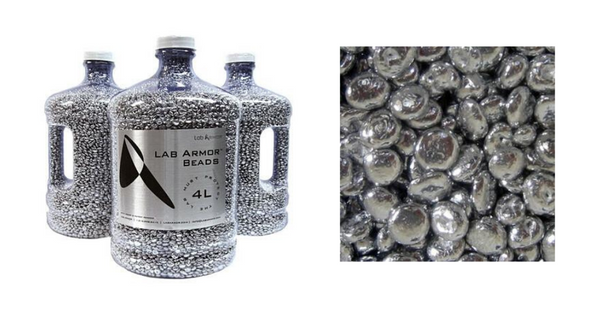Thermal conductivity refers to how easily heat transfers between molecules. High thermal conductivity translates to high heat transfer, meaning the fluid will heat or cool quicker than one with low thermal conductivity.
Specific heat capacity refers to the amount of heat energy required to increase the temperature of a unit of a given substance by 1°C. The higher the heat capacity of a substance, the less efficient heating or cooling will be.
Thermal conductivity and specific heat capacity are especially important in bath and chiller fluids. Better thermal conduction results in a more uniform temperature throughout the bath. In addition, improved thermal conduction along with low specific heat capacity will give you faster heating or cooling times.
Thermal Conductivity and Specific Heat of Common Bath Fluids
Thermal conductivity is measured in watts per meter-kelvin (W.m-1.K-1).
Specific heat capacity may be denoted in kilojoules per kilogram, per degree kelvin (kJ/(kg. oK)), British thermal units per pound, per degree Fahrenheit (Btu/(lb °F)), or calories per gram, per degree Celsius (Kcal/kg °C).
Below is a list of common bath and chiller fluids and their thermal conductivities and specific heat capacities.
|
Fluid |
Thermal Conductivity (W.m-1.K-1) |
Specific Heat Capacity (kJ/(kg. °K)) |
|
Water |
0.607 at 25°C |
4.19 at 25°C |
|
Ethanol |
0.169 at 25°C |
2.44 at 25°C |
|
Ethylene Glycol |
0.256 at 25°C |
2.36 at 25°C |
|
Propylene Glycol |
0.200 at 25°C |
2.5 at 25°C |
|
Glycerol |
0.292 at 25°C |
2.43 at 25°C |
|
Mineral Oil |
0.133 at 25°C |
1.67 at 25°C |
|
Silicone Oil |
0.157 at 20°C |
1.51 at at 20°C |
Thermal Conductivity and Specific Heat of Beads
If you’re wondering about bead baths, many beads have high thermal conductivity. However, a bead bath will heat up far more slowly than a water bath. For example, Lab Armor Beads heat up roughly three times slower than water. This is primarily because they don’t flow and also because the beads are not in full contact with each other, reducing the surface area across which heat energy is transferred.
Similarly, with beads, there is less surface area in contact with your vessel, so heating of your sample can be much slower than in a water bath. That said, beads do have lower specific heat than water. As such, they require less energy to heat. Plus, beads don’t evaporate, which is a source of heat loss in standard baths.

Lab Armor Beads have high thermal conductivity.
